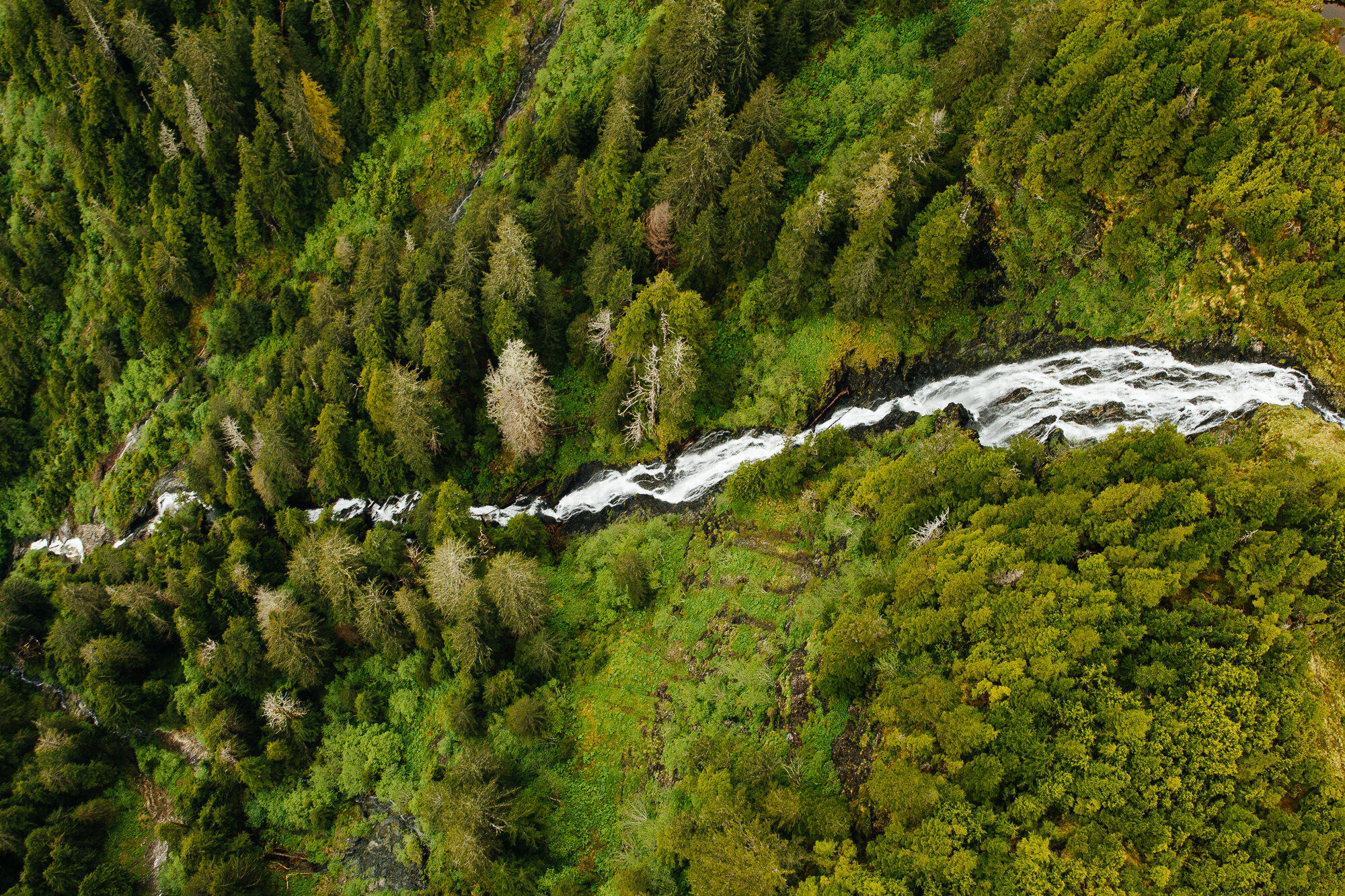
Discover Our Northern Archipelago
And Encounter OUR Living Culture.
Our Ancient Lands Reveal Infinite Years of History.
Since time immemorial Xaayda Gwaay.yaay Haida Gwaii has enchanted and inspired; forever imprinting a transformative connection between land and self. We invite you to discover our ancient rainforests, mystical wilderness, treasured heritage sites and living Haida culture.
Discover our Mystical lands.
Xaayda Gwaay.yaay Haida Gwaii, off the northern coast of British Columbia, is a temperate archipelago teeming with wildlife, ancient rainforests, pristine rivers and bays, and Indigenous heritage sites. Since time immemorial, the Haida People have respected, honoured and protected this sacred place. Join us on a journey of discovery, to share in our rich culture and explore our mystical land.
THRIVING, BY NATURE.
Haida Gwaii’s unique fauna has evolved here since time immemorial. Six of its ten native land mammal subspecies are not found anywhere else on earth, including North America’s largest black bear, known as “taan” in the Xaayda Haida language. In the waters surrounding Haida Gwaii, twenty species of whales and dolphins have been recorded, with grey and humpback whales sighted regularly during spring migration. Over 1.5 million seabirds nest along the coast, and the bald eagle is readily spotted in the skies above.

The People of Haida Gwaii
Encounter Our Living Culture.
Guardians of the LANDS AND SEAS.
Haida families, culture, and art have flourished Here since time immemorial.
Historically and still today, Haida citizens are fortunate and wealthy. The land and waters surrounding Haida Gwaii offer sustenance and prosperity. Trade relationships with neighbouring Indigenous communities were critical to survival and continue to be an important part of life among coastal nations. Traditionally, prosperity and status were not measured by the accumulation of goods, but rather by the distribution of wealth. Throughout the harvesting season, families worked together to gather food and goods. During the scarce winter months, Haida families would host potlatches to redistribute their wealth. This generosity and sharing remains a prominent part of life on Haida Gwaii.
History + Territory.
Haida traditional territory encompasses parts of southern Alaska, the archipelago of Xaayda Gwaay.yaay Haida Gwaii and its surrounding waters. Before First Contact with early explorers and settlers, there were at least 10,000 residents living in villages from the northern edges to the southern tip of the rugged archipelago. During the time of contact, introduced disease including measles, typhoid and smallpox reduced our population to around 600 people.
Xaayda Haida Today.
Today, Haida People represent approximately half of the 5000 people living on the islands. Most are concentrated in two main centres, Gaw Tlagée Old Massett at the north end of Graham Island and HlGaagilda Skidegate at the south end. Beyond this, there are as many as 2000 Haida scattered throughout the world.
All people of Haida ancestry are citizens of the Haida Nation. Every Haida citizen has the right of access to all Haida Gwaii resources for cultural reasons, and for food or commerce consistent with the Laws of Nature as reflected in the laws of the Haida Nation.
Tourism on Haida GWaii.
Tourism plays an increasingly important role in Haida Gwaii’s economy and the value it offers extends far beyond its economic benefits.
Tourism on Haida Gwaii (and Indigenous tourism in general) expands awareness of Haida culture and the importance of preservation and conservation, while providing both the impetus and resources for Haida citizens to continue to develop, preserve and pass down the skills and traditions which their culture is based upon.

Giving Back the Name with Respect.
THE ISLANDS OF THE PEOPLE: Haida translates to “people” and Gwaii means “Islands”.
In the 18th century, early explorers started to call Haida Gwaii the “Queen Charlotte Islands.” In 2010, Islanders, local governments, and the provincial government joined in a ceremony as the Haida Nation returned the colonial name “Queen Charlotte Islands” and reinstated the traditional name, Haida Gwaii.
Traditional Dialects.
The Haida language is a Language Isolate unique to the people of Haida Gwaii and southern Alaska. There are two main dialects; Xaayda Kil Skidegate dialect used in the south, and Xaad Kíl Old Massett dialect used in the north.
The Haida language, like most other Indigenous languages in British Columbia is in a difficult state. In Gaw Tlagée Old Massett, there are less than a dozen fluent Xaad Kíl speakers, all of whom are septuagenarian or older. Fortunately, many of these Elders are working passionately to preserve their mother tongue.







